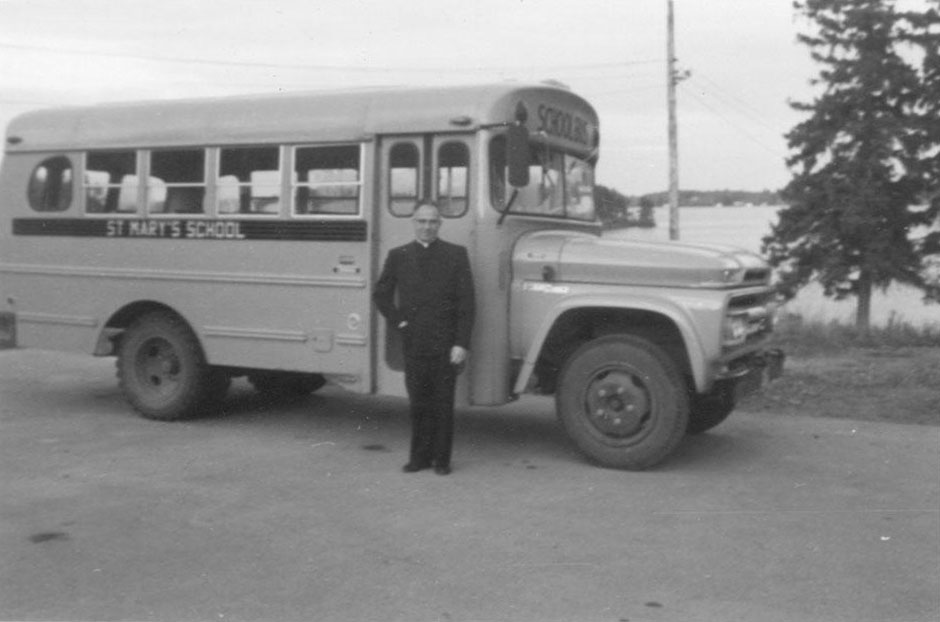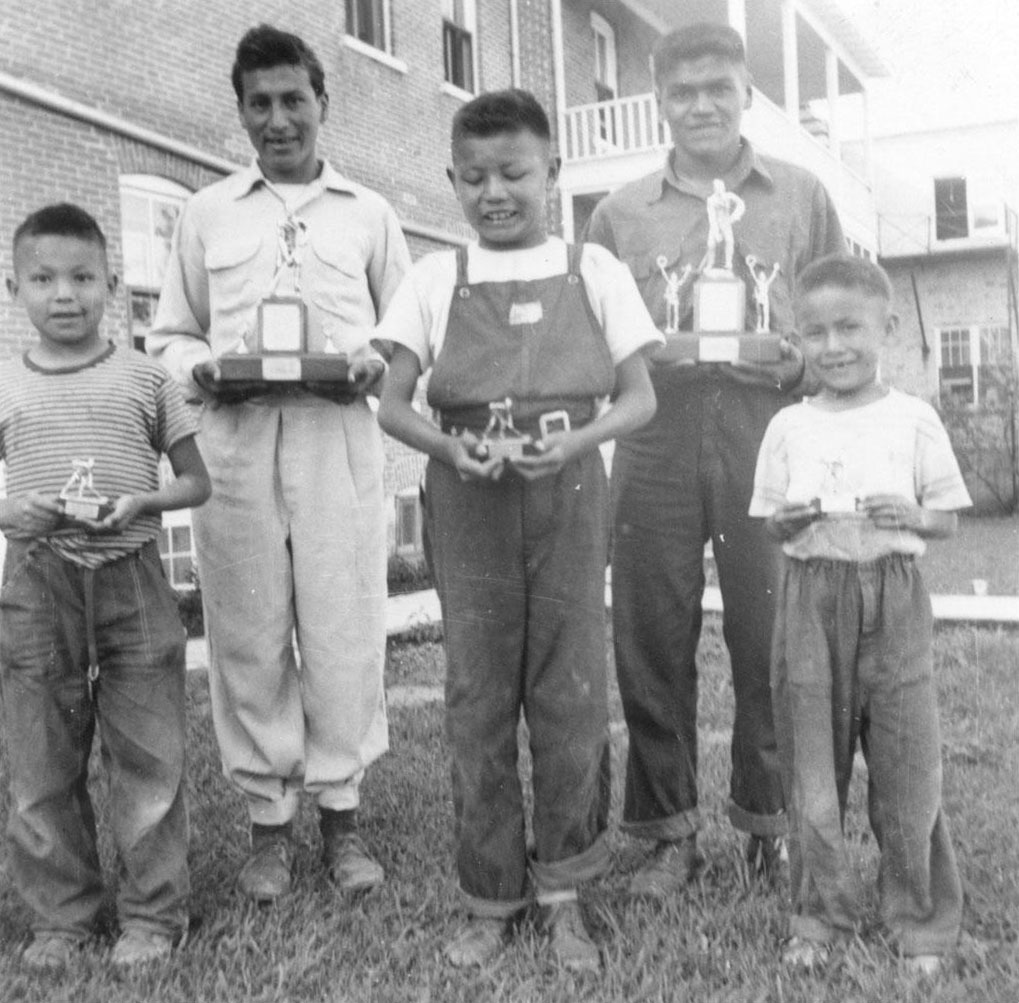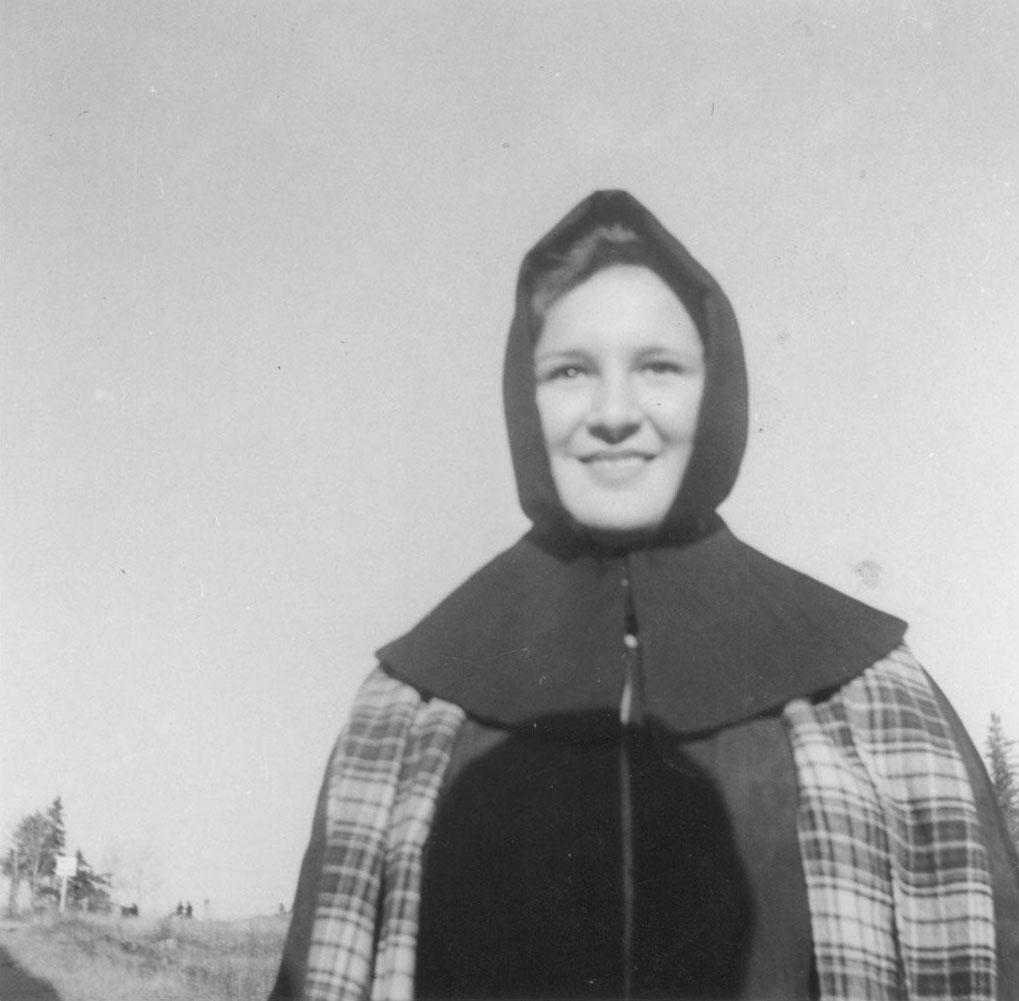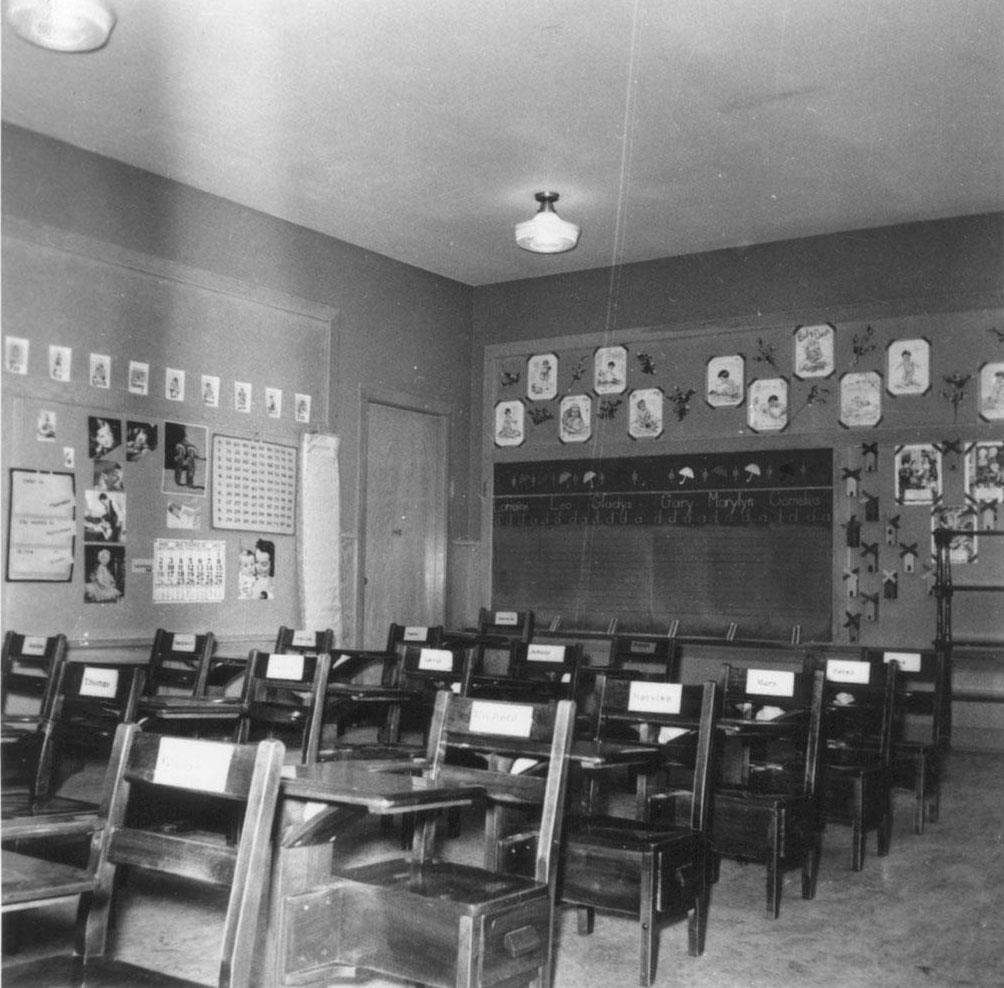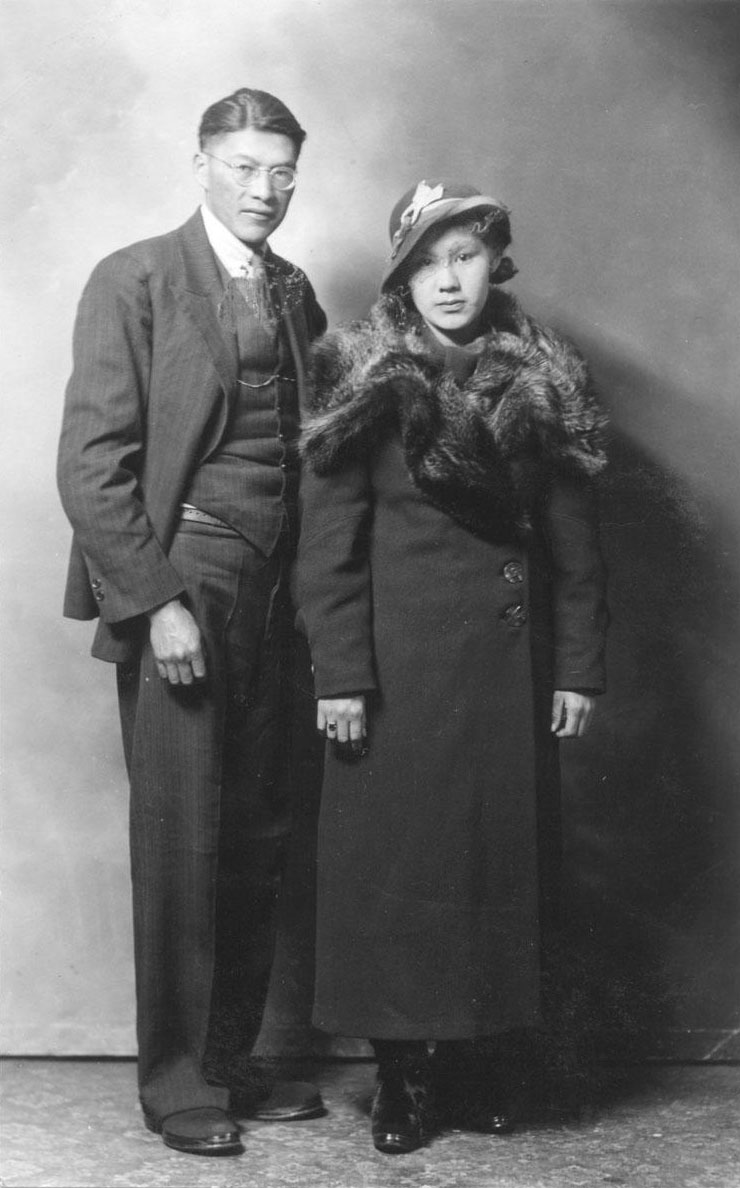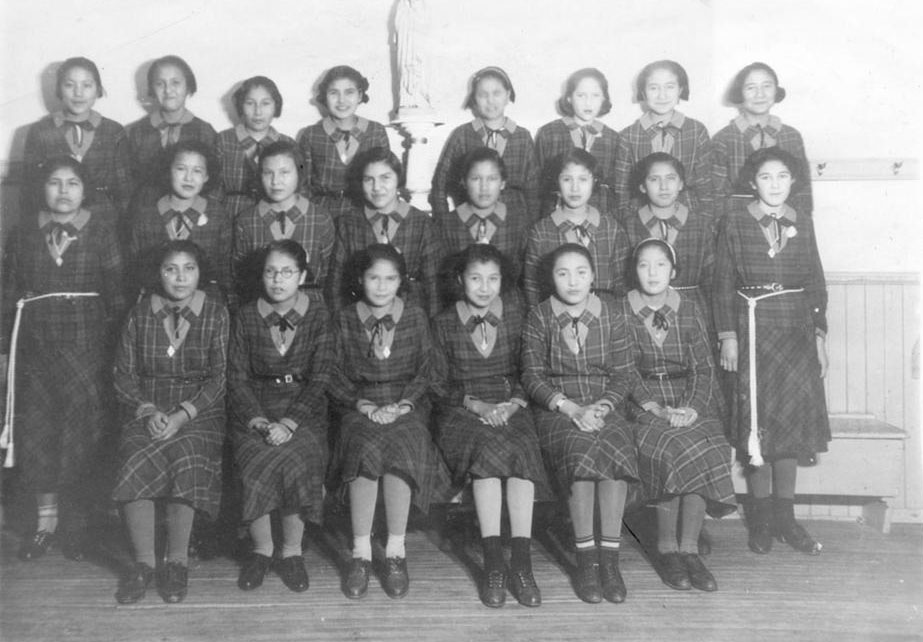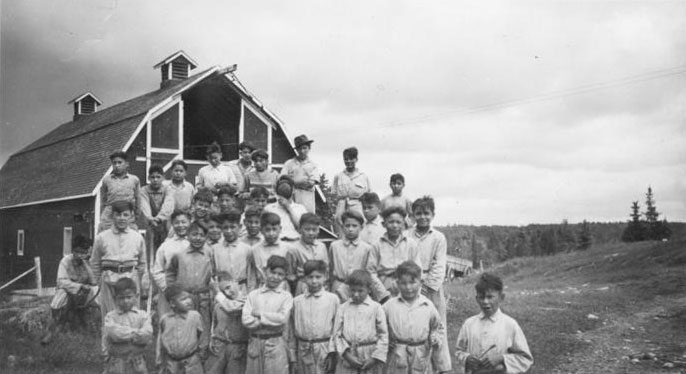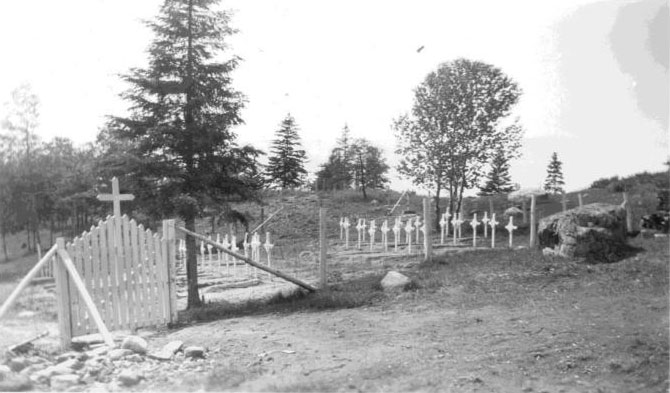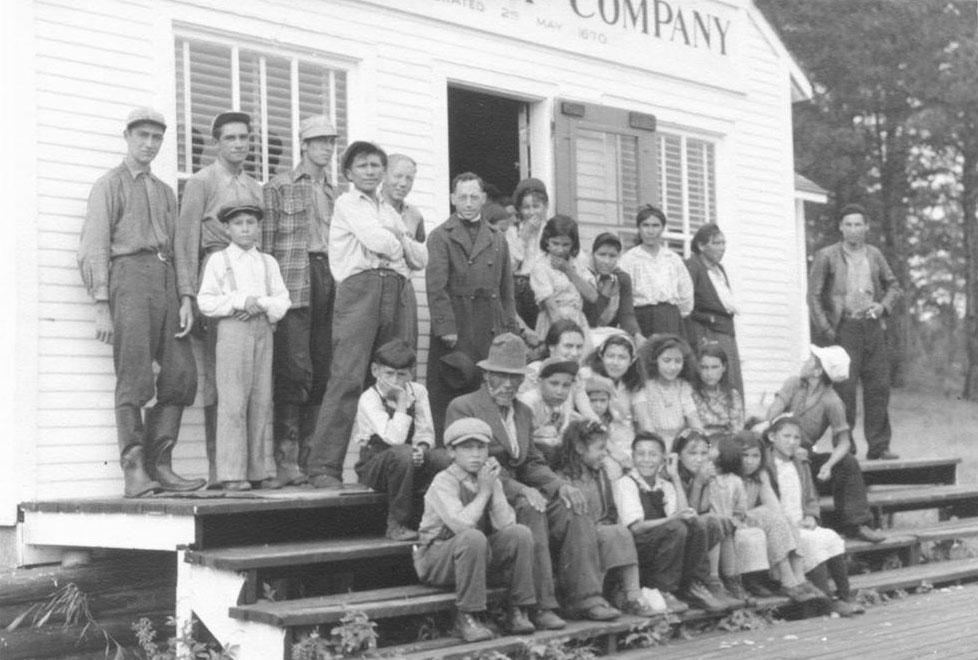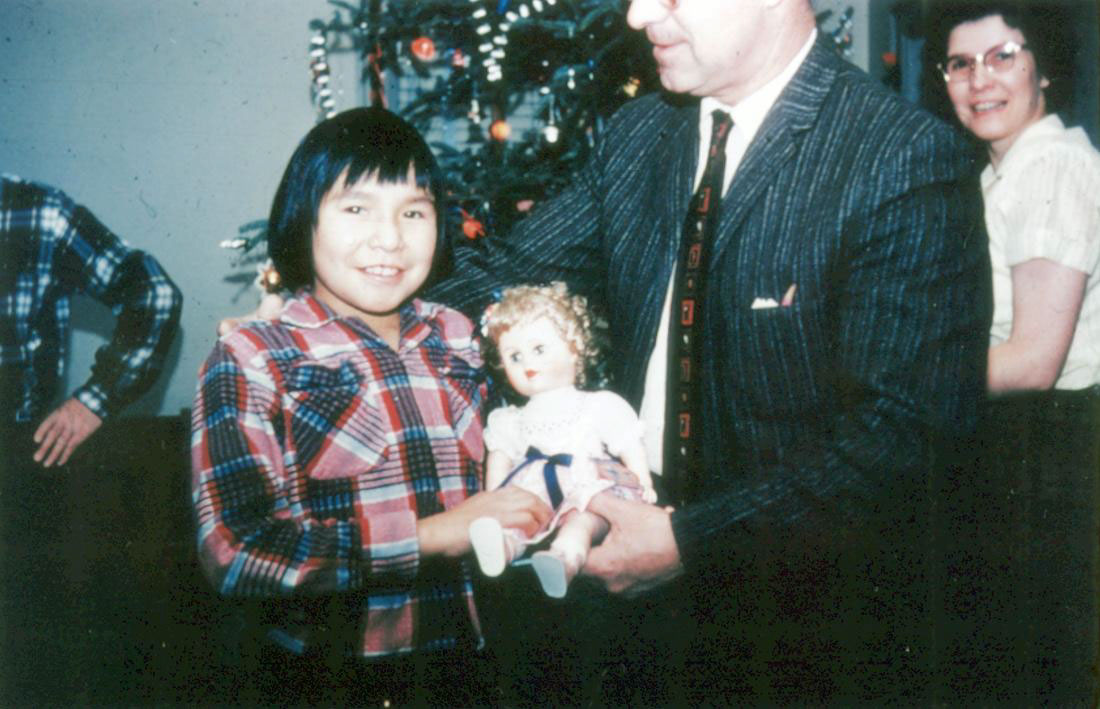Our History
Video taken from https://wabaseemoongfamilyhistories.com/ (Miigwaans Cameron)
Traditional Way of Life

In the early days in Wabaseemoong, we were governed by the seasons, and everyone had their traditional roles to play. Our governance structure was not written down, as we were an oral people, but everyone understood and followed the traditions of community and collaboration.
Wabaseemoong has stood witness to relocation, environmental degradation and social turmoil for decades. We have always relied on our resilience and strength as we forge a path of economic viability and cultural assertion for future generations.
We understood that the sun is our grandfather, and to honour him, we would always rise when he did, and go to bed again when the sky became dark. When people sleep in, they are disrespecting the gifts grandfather gave to them, and all the light and beauty he gave us to enjoy.
During trapping season, boys would become men as they travelled with their fathers into the bush for six weeks at a time. Muskrat, beaver, otter, mink, fox and timbre wolves were plentiful, and then we would travel to North Bay for the auctions.
Summer brought guiding and commercial fishing of walleye, whitefish and sturgeon, while the women tended gardens of potatoes, onions, cabbage, beets, corn, squash and beans. Girls were taught to pick traditional medicines, and to cook, clean, and care for the smaller children.
When it was blueberry season, or rice season, we would all travel together and set up camp for a few weeks to pick. When everyone was gone to a seasonal site, someone would stay behind to care for the dogs, and they would be repaid with something like a bucket of cooking lard. There were others with assigned roles, too. One person worked as a messenger, bringing news from community to community.
At that time, Chief George Land Sr, from One Man Lake, would travel by canoe to each settlement to find out what supplies they needed from the others to tide them over until the next Treaty Days.
Over those five days in summer, all settlements would gather together to trade news, exchange goods and services, and celebrate. In the old days, marriages were often arranged. Tents were erected, and big boats would come up the river flying the Union Jack flag, and we would receive our TB shots and other medical attention. It was a very exciting time for children.
Before the school was built in 1953, young people did not receive formal education. We learned from our parents, our Elders, and our community. We became contributing members of the household as soon as we could, and there were always jobs to do, such as gathering firewood, hauling water, and chopping wood.
In those days, we were disciplined by the old stories. The children would gather for the grandfather who told stories. He would tell the legends of our home, about the dangers around us, and the proper ways to respect the land.
Like many First Nations, our traditional customs have all but disappeared over the years, but we are working to re-establish these practices to help our young people define themselves. Recently, for example, some of our young men have been participating in fasts and vision quests.
We are grateful to the Elders who have shared their memories and knowledge, particularly Margaret Quewezance, George Boyd, and George Bunting. Their generosity allows us to pass along these stories to our children and those who wish to learn about Wabaseemoong struggles and triumphs.
Roman Catholic Influence
During the 1920s and 1930s the Church started to come to Wabaseemoong. Father Riel and Father LaSalle were some of the first to visit. They travelled by dogsled, and would stay with a local family.
In the beginning, they were not trying to force anyone to convert, but later, once the Church was given responsibility to “reform” Indigenous people, our traditional customs were punishable. The people who practiced these traditional rituals had to work in private because the church saw it as witchcraft, and they were considered offences that could end in jail time.
Residential Schools, Sixties Scoop and Children in Care
During the time of residential schools and the Sixties Scoop, the people of Wabaseemong suffered greatly.
Children were taken from our community under the auspices of better care, when in fact, these authorities were making their decisions based on differences of cultures. Many Indigenous practices, such as parent-child co-sleeping, shared housing, and childcare from many generations, were viewed as dysfunction and neglect. Workers would come in and see kitchen pantries without tinned food, and assume children were malnourished, without acknowledging that we were living off the land.
Our children were often taken away with bribery and false promises. The teachers would come to our settlements and tell the children that when they came to school in Kenora, they would have a picnic with cotton candy and other treats. One Wabaseemoong Elder remembers stockpiling food with her siblings over the summer and canoeing across to the island to camp when the teachers came. Eventually they were caught and sent away.
In our version of the Sixties Scoop, our children were gathered up without warning in the 1970s and flown hundreds of kilometres away to Sandy Lake, where they were adopted by families with no prior plans or official paperwork. They just came to the dock and chose a child.
These were hard times in Wabaseemoong. Many people who lost their children turned to alcohol to numb their pain. It was not allowed in our communities, but of course, there was always bootlegging. This, in turn, brought abuse into our homes.
Finally, in 1990, the Band council resolved that the Children’s Aid Society was forbidden from entering our land, and we blocked the reserve line. At that time, 300 Wabaseemoong children were living away from home.
We did not believe our children living away had found better lives, as we had been promised. We had seen the effects on the survivors of residential schools and the Sixties Scoop, and they were dealing with addiction, abuse, and poverty. It was time for the mass apprehension of our children to stop.
Photos from St.Mary’s Indian Residential School – located near Kenora
Photos from Cecilia Jeffery Indian Residential School – located near Kenora
All photos taken from the following resources:
http://www.nrsss.ca/Resource_Centre/CeciliaJeffreyIRS//CeciliaJeffreyIRS_NAN_July2009_wm.pdf
http://www.nrsss.ca/Resource_Centre/StMarysIRS/StMary’sIRS_NAN_Nov2008_Book_2_wm.pdf
Hydroelectric Development
The livelihood of the Wabaseemoong people was destroyed by immoral and self-serving governmental development of its water resources and traditional lands.
Development began in 1955, without direct consultation with Wabaseemoong. The provincial government worked with INAC, which was meant to act on our behalf, but did not confer with our Nation at any time in any way that could be considered legal. For example, paperwork was brought to our Chief and Elders for signature, with all aware that our leaders could not read.
A permanent aqueduct was built at One Man Lake, and two dams were erected at Caribou Falls and at White Dog. These projects had a devastating effect on our communities. In 1957, the water began to rise. Our people were told they had to relocate 50 feet higher to be safe.

When people returned, the only thing that remained to be seen was the tops of our roofs. In fact, the water rose 90 feet. It flooded our homes, settlements, traditional lands, and even our graveyards. That our ancestors remain underwater continues to haunt us.
The only compensation Wabaseemoong received at that time was eight homes that were built in White Dog to house some of the displaced families, after they had already spent an entire winter living in tents. These replacement homes were of such poor craftsmanship that we called them “cardboard houses”.
This was a terrible time. Our way of life had been taken from us. We were not welcome anywhere other than our home, which we had lost. During that time, segregation policies sanctioned by the government were in effect. We were not allowed in Kenora unless we had a ticket. We were not allowed to eat in restaurants until 1965. If an Indigenous person was found drinking, they would receive a $50 fine or a month in jail.
It was not until the 1970s that Wabaseemoong was able to gain traction in its legal battle, and finally in 1983, we settled the mediation of the flooding of One Man Lake. Understand, however, that we do not believe any amount of money could adequately compensate for the loss of our livelihood, our traditional way of life, our landscape, our homes and our burial grounds. Everything that governed our lives was taken away from us, and everything had to be learned anew.
Mercury Poisoning

The mercury poisoning that Wabaseemoong faced in the 1970s—and still to this day—is another example of federal and provincial governments choosing to ignore the dangers into which its own negligence placed our Nation and its people.
The owner of a tourist lodge at nearby Ball Lake was told by the Ontario government in 1970 that the fish should not be consumed for the next three months. He was skeptical and funded an independent study that showed the English-Wabigoon River system was one of the most polluted in the world, with mercury levels in the fish testing up to 50 times higher than the accepted rate. He alerted Wabaseemoong Independent Nation.
Around 1975, Japanese doctors and scientists visited Wabaseemoong to test mercury levels, after they had dealt with the same in Minimata, Japan, and were shocked by what they found in local animals and our people. Locals who had consumed fish, moose, other wildlife, and rice were reporting tremors, restricted vision and speech difficulty.
Dryden Pulp and Paper and Dryden Chemical were eventually found guilty of dumping thousands of kilograms of mercury-contaminated effluent into our local waterways.
The effects of this immoral pollution is still being seen, generations later, in Wabaseemoong young people today. Some have birth defects, such as an extra thumb or no toes. Others are missing organs like kidneys and uteruses. The damage is clearly so much more than we could see at the time of compensation, which was $6.1 million in 1983. This is not enough to care for all of the victims.
This money was paid to us by the federal and provincial governments, and the two parent companies that dumped the mercury into our water. Wabaseemoong put that money to a trust fund that pays out annual interest for social and economic projects.
Fifty years later, the remediation of our waters has not yet begun. In fact, just two years ago, effluent-filled drums were found buried by the mill, still polluting the water. The mercury treatment facility that was promised has not yet been created. Wabaseemoong, and other First Nations affected by this injustice, continue to be abused by our governments.
Articles on the subject:
http://www.mercurydisabilityboard.com/
https://www.cbc.ca/news2/interactives/children-of-the-poisoned-river-mercury-poisoning-grassy-narrows-first-nation/
https://pulitzercenter.org/reporting/my-ears-keep-ringing-all-time-mercury-poisoning-among-grassy-narrows-first-nation
https://kenoraonline.com/local/mercury-legacy-frightening-commissioner
https://www.vice.com/en_ca/article/wdbyx4/most-of-first-nation-tests-positive-for-mercury-poisoning-decades-after-toxic-dumping-into-river
https://www.thestar.com/news/canada/2014/07/28/report_on_mercury_poisoning_never_shared_grassy_narrows_leaders_say.html
https://aptnnews.ca/2019/04/03/decades-of-promises-but-little-action-as-mercury-still-takes-lives-in-grassy-narrows/
Roadblocks
Wabaseemoong Chief and Council have found that roadblocks are an effective means of gaining acknowledgement, when other official attempts at communication have failed.
The first time Wabaseemoong used roadblocks as a negotiation tactic was in 1976. We were not receiving an audience with any level of government about the hydroelectric flooding or the mercury poisoning. They had taken away our ability to commercial fish and provide a living for ourselves, but the tourist camps remained open for business. It was a frustrating, scary time for our people.
The only road access to the hydro dams was through White Dog. We set up our road block in town, and within two days, they approached us to schedule a meeting. That was the beginning of the process of receiving compensation for these tragedies against our Nation.


